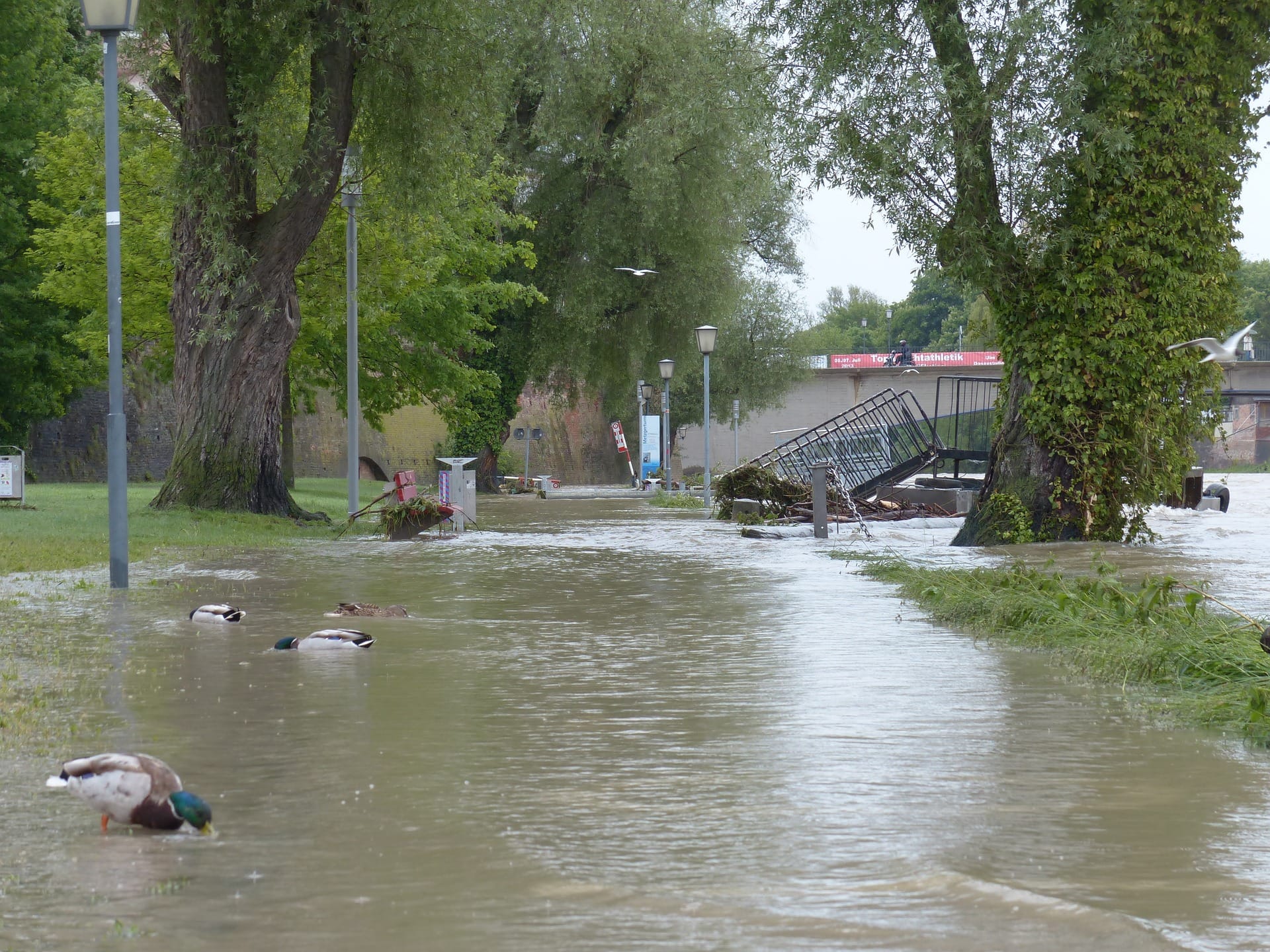December 3-9, 2023
Rivers in the Sky
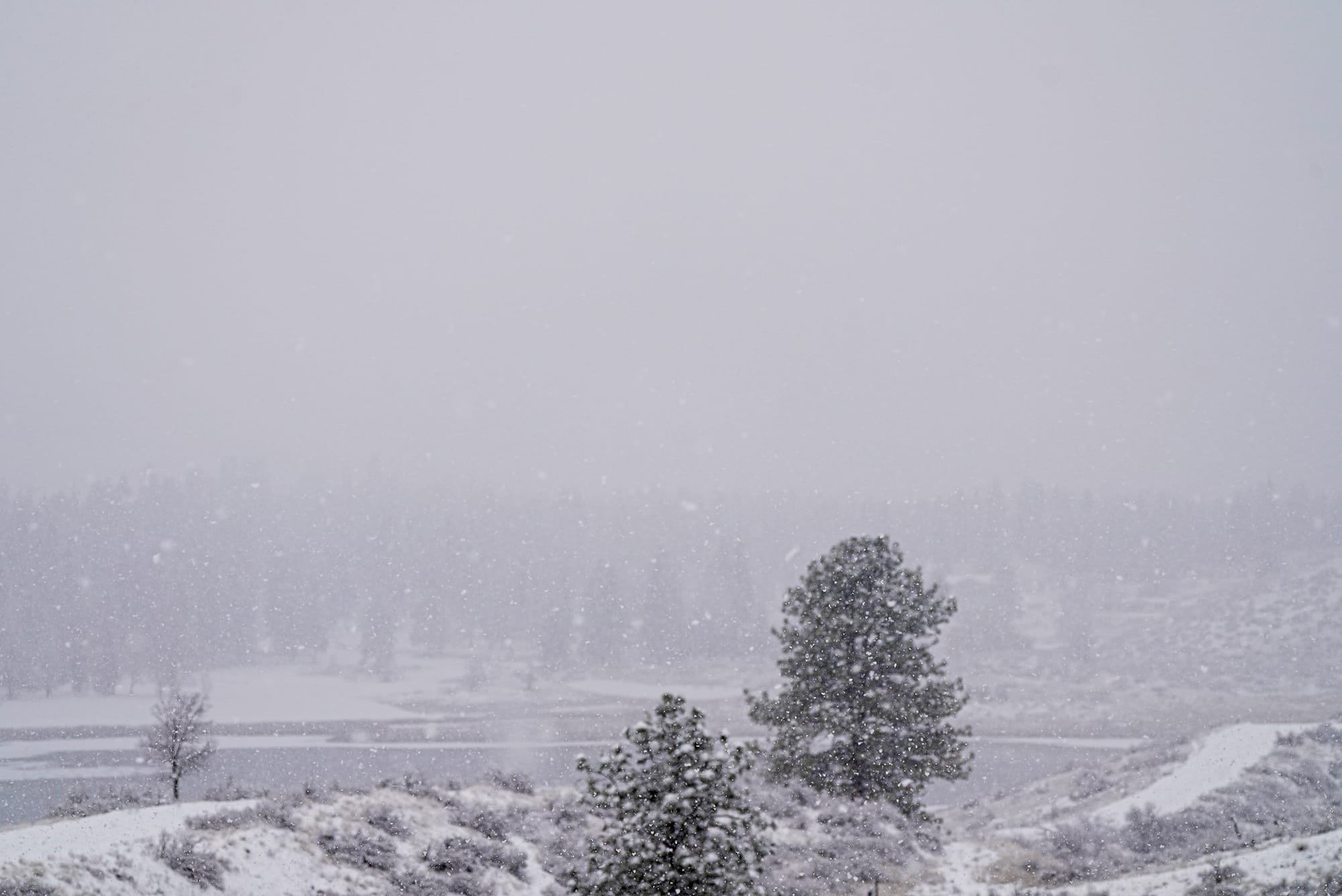
A week-long weather pattern that brought heavy rainfall and widespread flooding to the west side resulted in dreary days of rain and slushy snow in the Methow Valley.
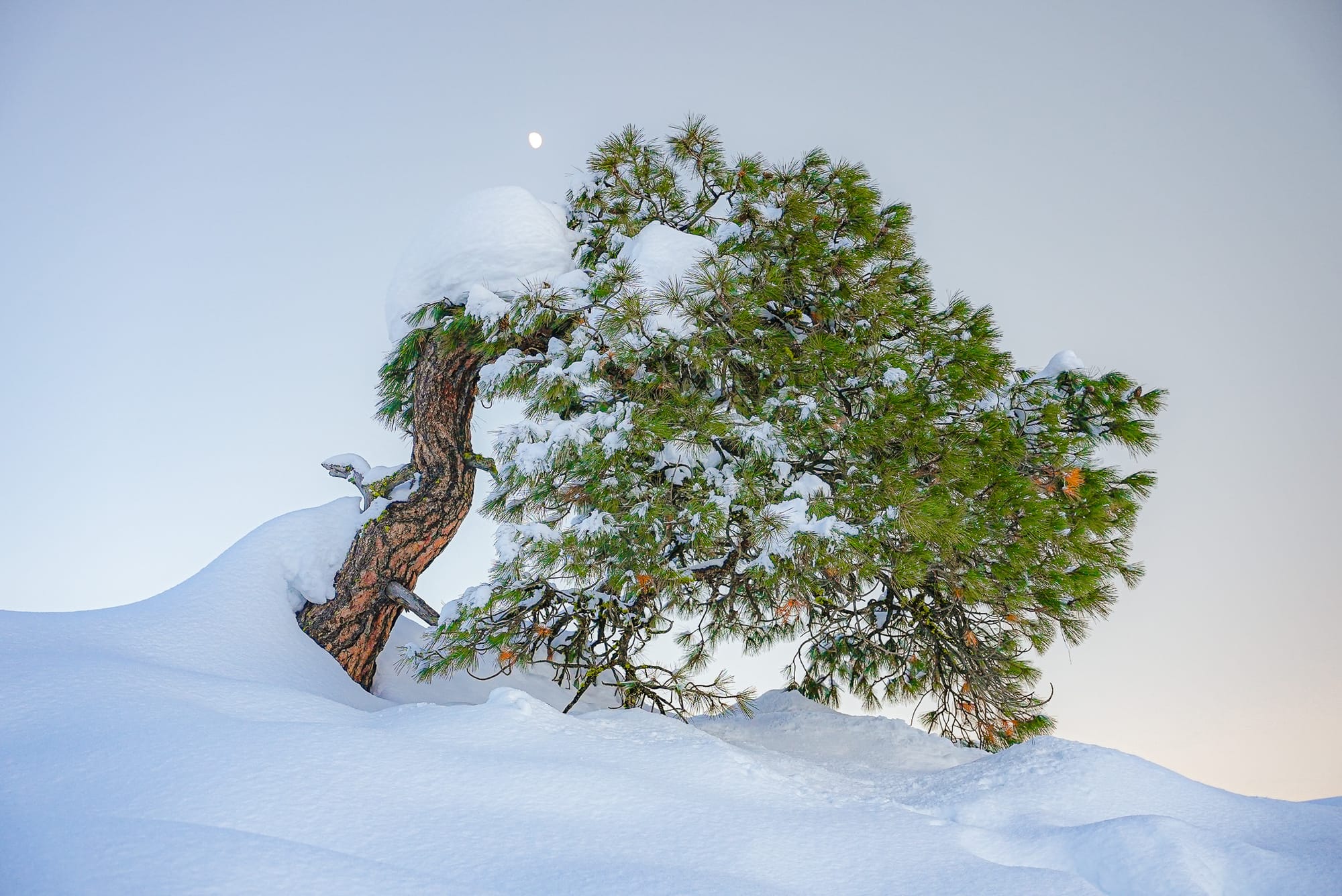
Special Event: Winter Ecology Talk
On Sunday, December 10 at 4 p.m. PST I will be offering a free Zoom talk on the ecology of snow and ice exclusively for newsletter subscribers.
This is a fascinating topic so I hope you can make it! 😄
This live talk will be available for all subscribers, while paid subscribers will also have access to a recording of the talk if they can't make it for the live presentation.
I emailed everyone an invitation and Zoom link a couple days ago, so let me know if you are a subscriber but didn't receive the invitation.
Week in Review
Except for a few breaks in the weather, this hasn't been much of a week for getting outdoors. As a result, not much was going on and very few wildlife sightings were posted on the Nature Notes Facebook group.
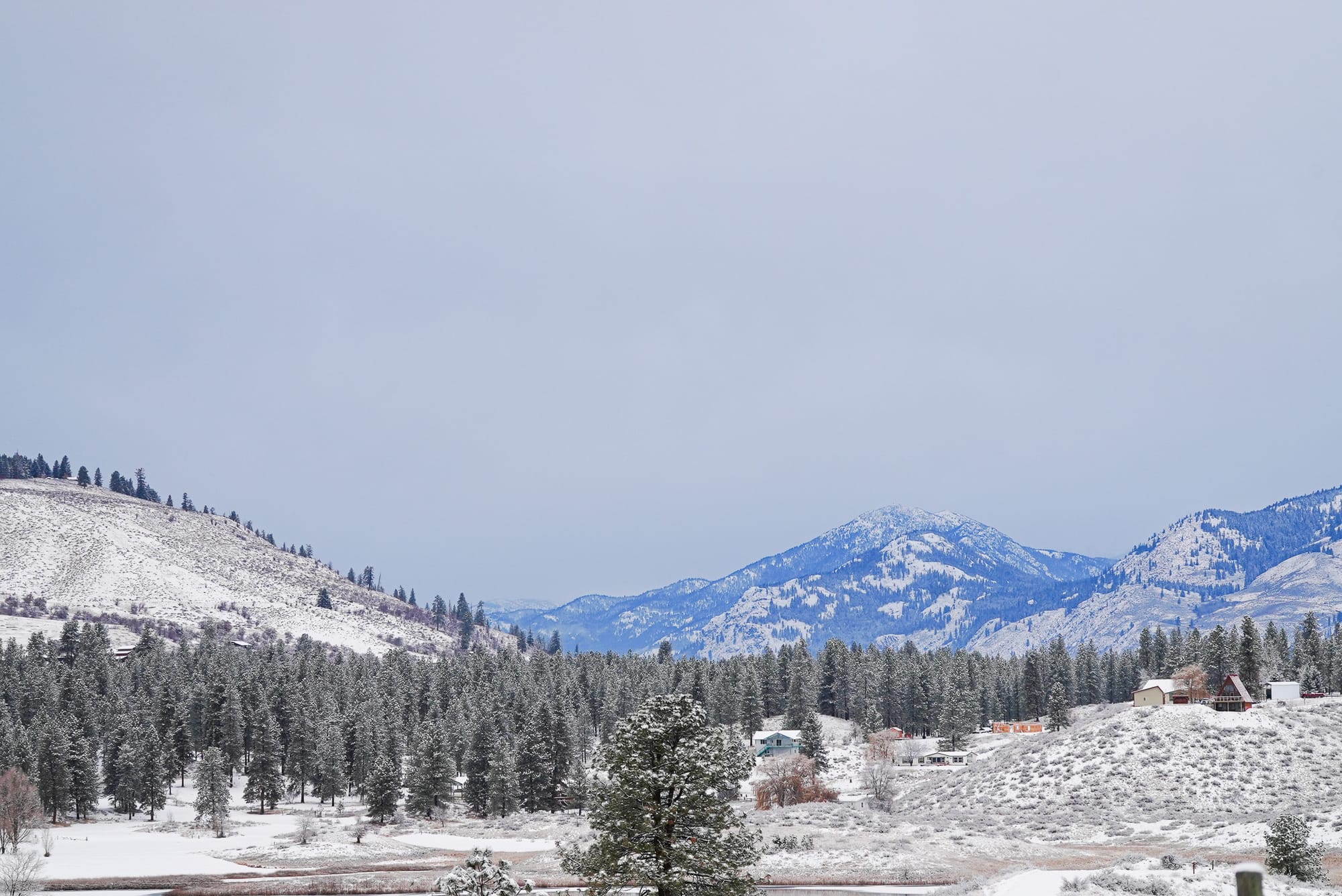
The most interesting sighting shared this week was a brief video of two mink chasing each other along the Methow River. I don't have access to the original clip to share here, but it was posted on December 7, so you can find it on the Facebook page.
Mink are essentially water-loving weasels. They look like weasels but are deep chocolate brown and typically longer than weasels. Mink live near lakes, river, and marshes and are frequently found in and around water.
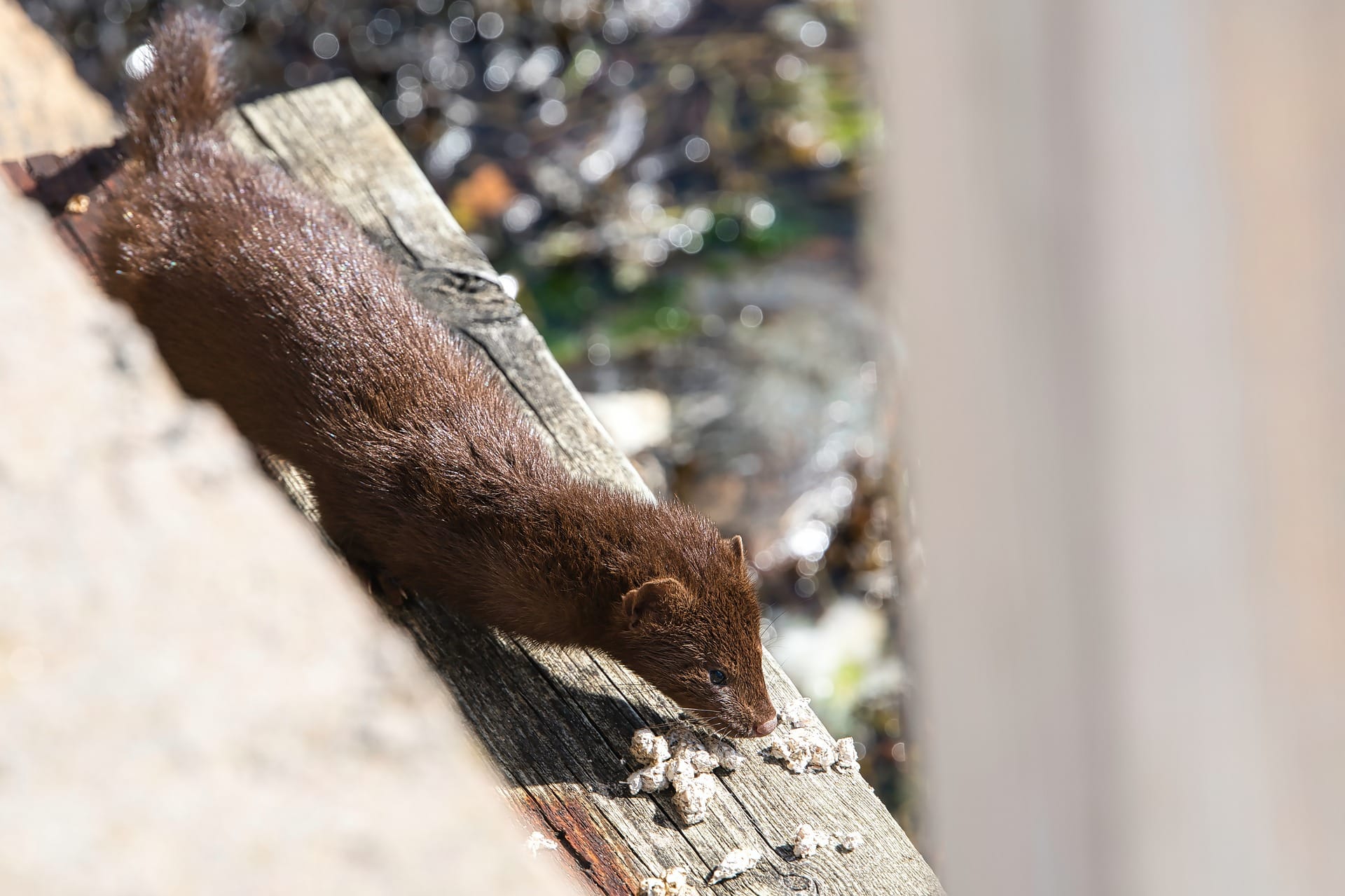
Otherwise, the only activity I noticed this week was around our bird feeder. I don't know if this was true for anyone else, but our first dark-eyed juncos in a long time showed up a couple days ago so that was a new development. I wonder if other folks have had juncos for weeks and these birds are just moving around the valley?
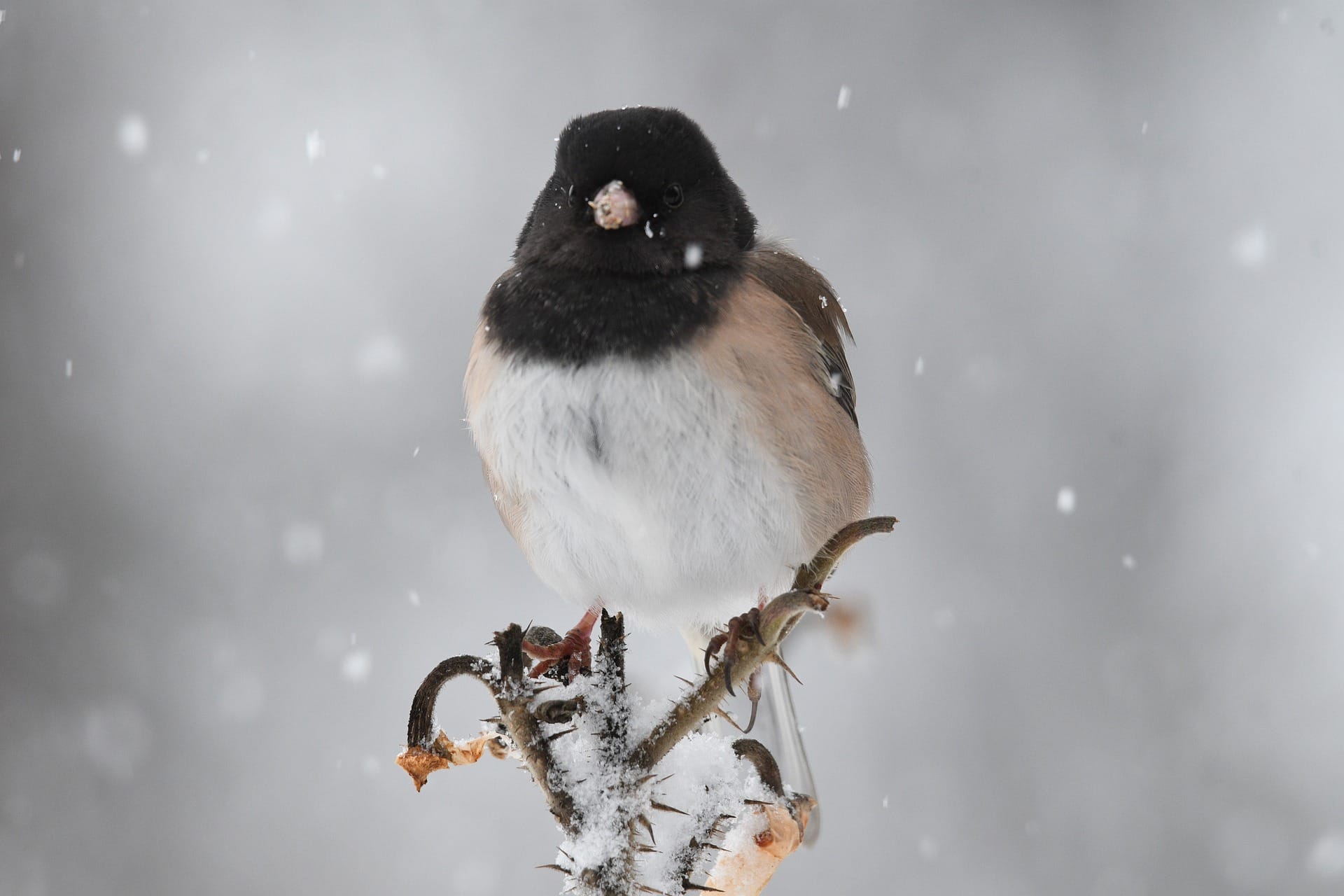
Another new arrival in our yard has been a flock of pygmy nuthatches. Until now I've only seen them at a few scattered locations around the valley, where they appear to be regular residents, but having a group starting to hang around our yard makes me realize they also either move around the valley or establish new places to live.
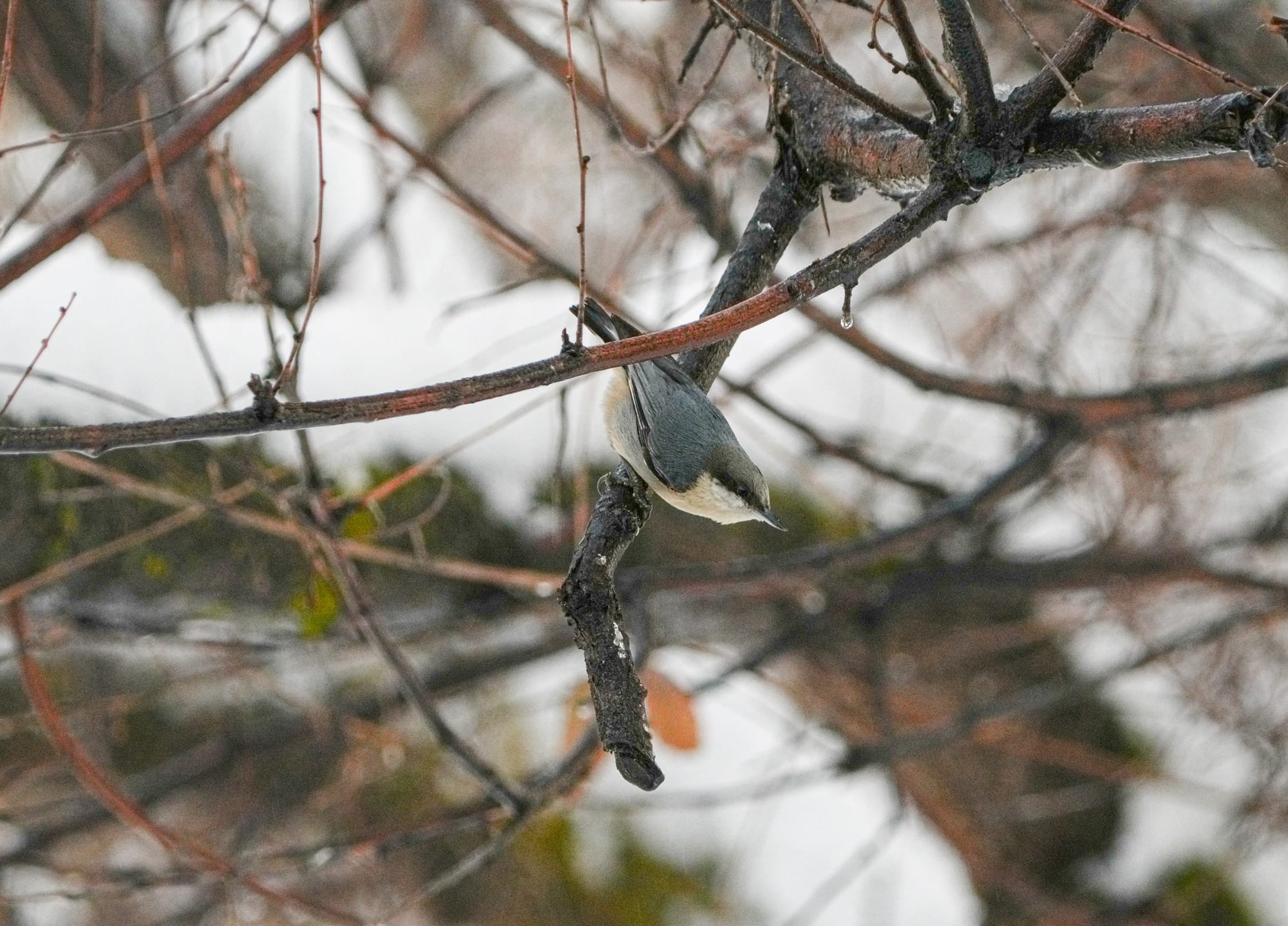
Pygmy nuthatches are smaller versions of their larger cousins, red-breasted and white-breasted nuthatches. All three species can be found together, but pygmy nuthatches take advantage of their smaller size to forage at the tips of small branches where they don't compete with larger nuthatches for food.
They are also unique in spending the nonbreeding season living in noisy social groups, and on cold winter nights they sleep together in tree cavities to stay warm. Up to 100 pygmy nuthatches have been recorded sleeping together in a single cavity!
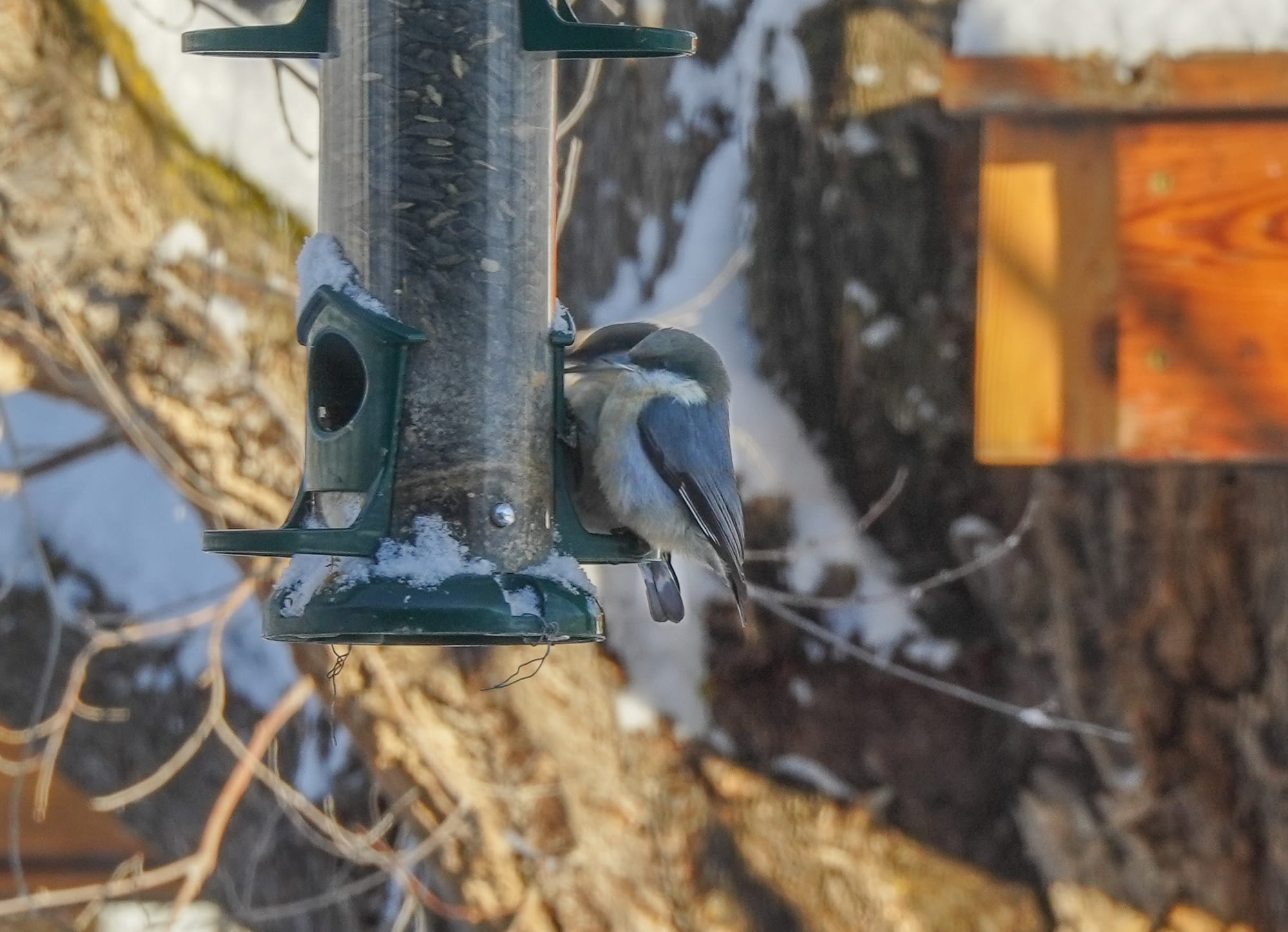
I also noticed a lonely European starling at our feeder and it gave me a chance to study the unique molting pattern of this species. In late summer or early fall, at the end of the breeding season, starlings molt all their feathers and grow in a new set of white-tipped feathers. Then, over the winter, these white tips wear off just in time for spring, revealing and highlighting the shimmering rainbow iridescence that makes these birds so beautiful in the breeding season.
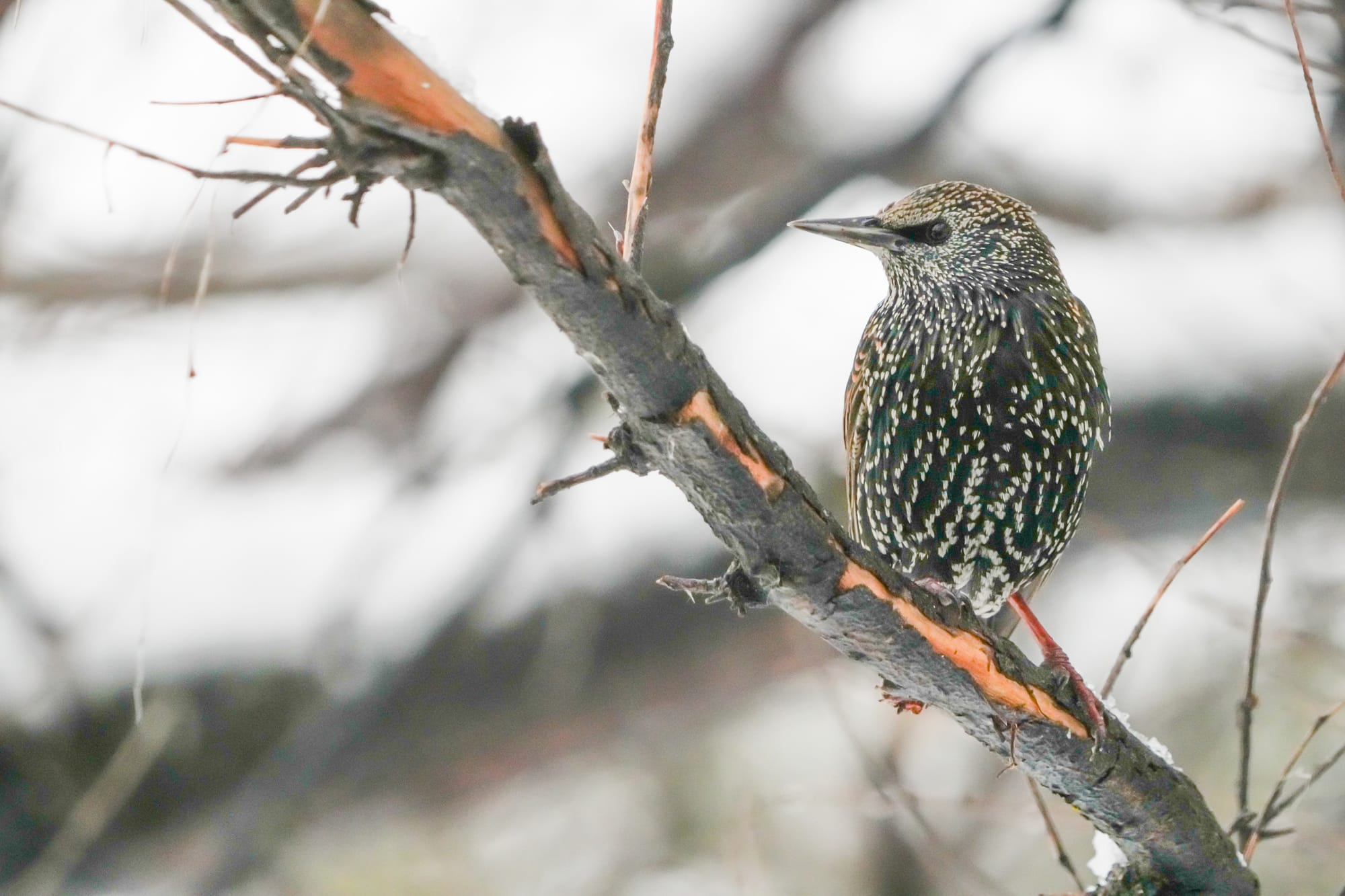

Observation of the Week: Atmospheric Rivers
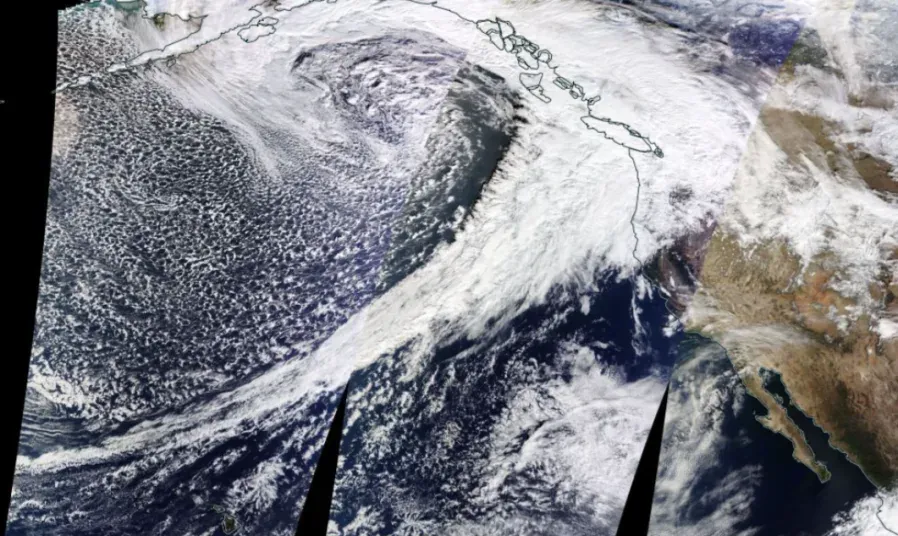
The Pacific Northwest was slammed with a major atmospheric river this week and it produced days of heavy rain and snow. While most of the impact was felt on the west side of the Cascade Mountains, we still had days of dreary weather in the Methow Valley, with rain and warming temperatures melting our snowpack and raising water levels in the rivers.
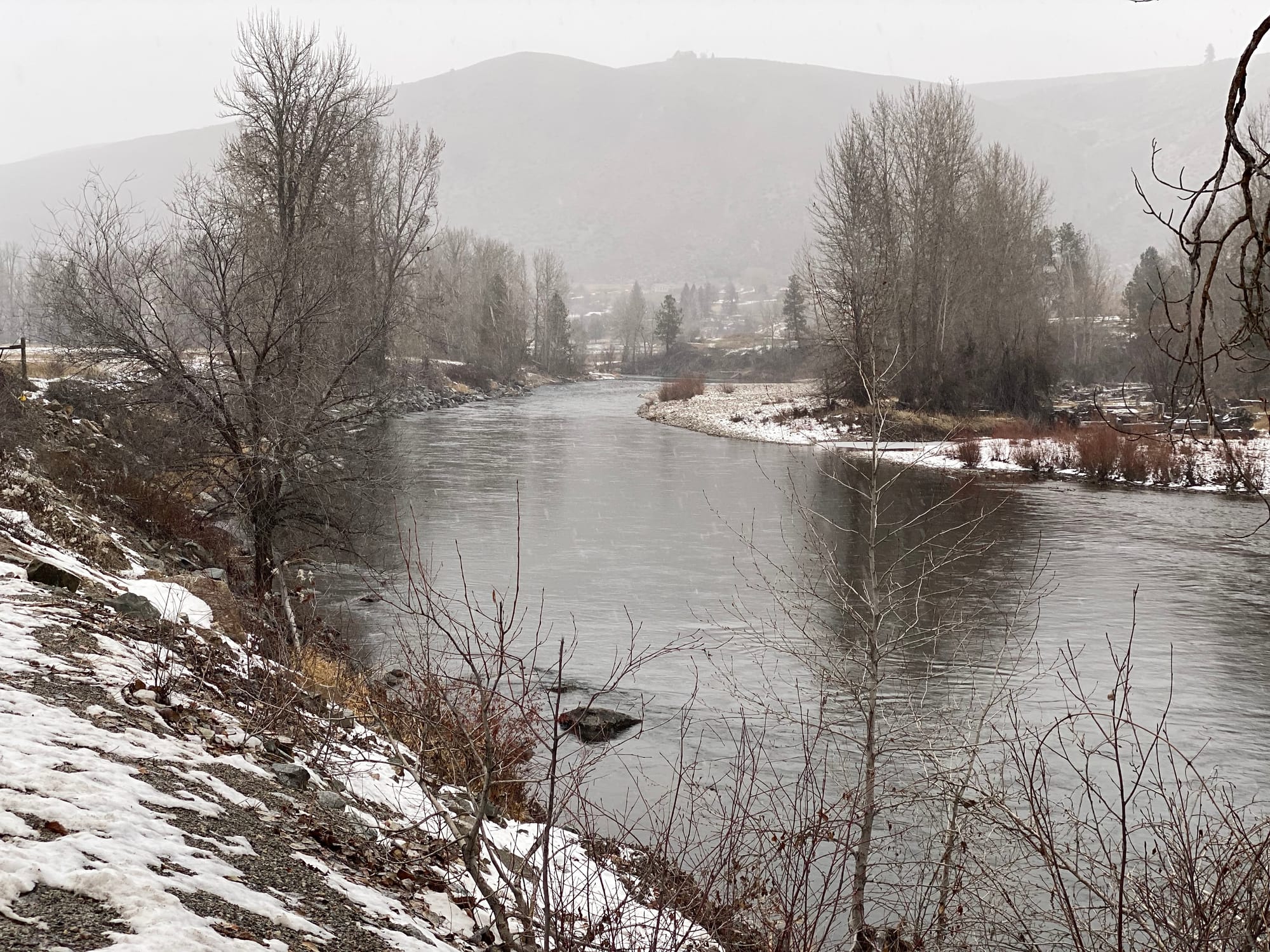
It's important to understand atmospheric rivers because they are a critical feature of the earth's atmosphere, and in the coming years they are expected to become more powerful and more numerous with climate change.
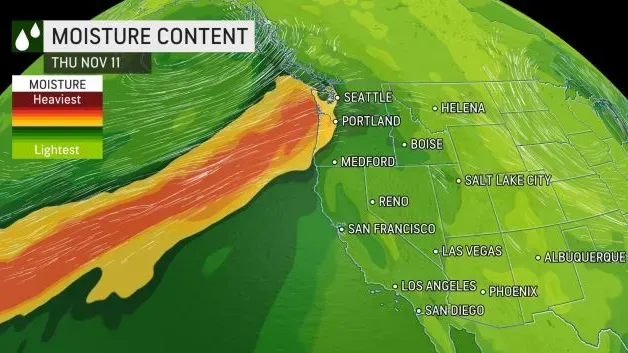
Atmospheric rivers are immense, narrow channels in the earth's atmosphere that absorb moisture from tropical regions and carry it northward towards the earth's poles. On the West Coast these atmospheric rivers originate near Hawaii and are often nicknamed the "Pineapple Express."
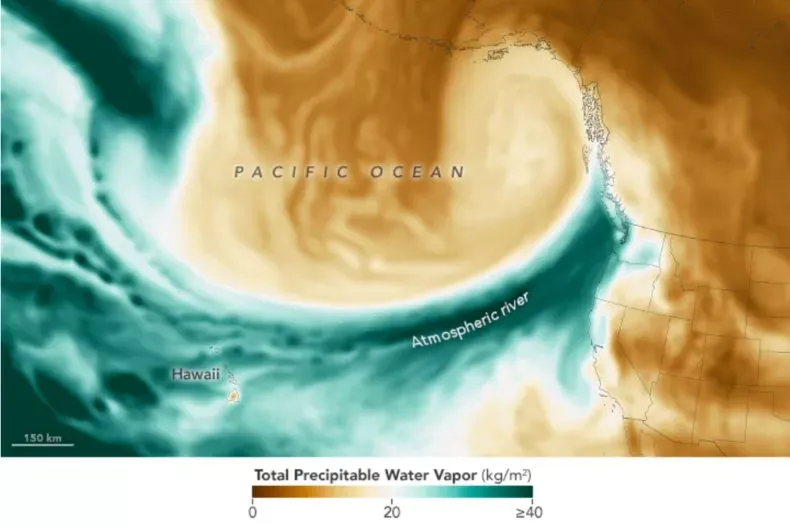
These channels of saturated air are created as cold and warm air masses collide and air moves rapidly between areas of high and low pressure. Because the earth is spinning, this movement of air is pushed sideways and becomes fast-moving jet streams that flow from west to east at 110-250+ mph.
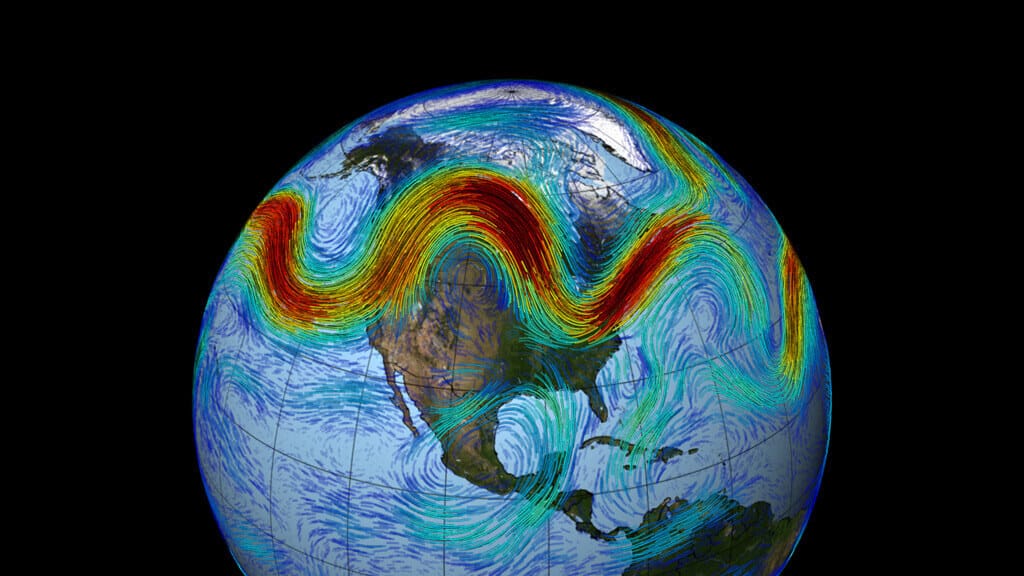
Moisture is carried in the atmosphere as vapor rather than liquid water, but when these immense air masses collide with the leading edge of the continent, and are lifted over mountain ranges, the air cools and vapor condenses into massive amounts of falling rain.
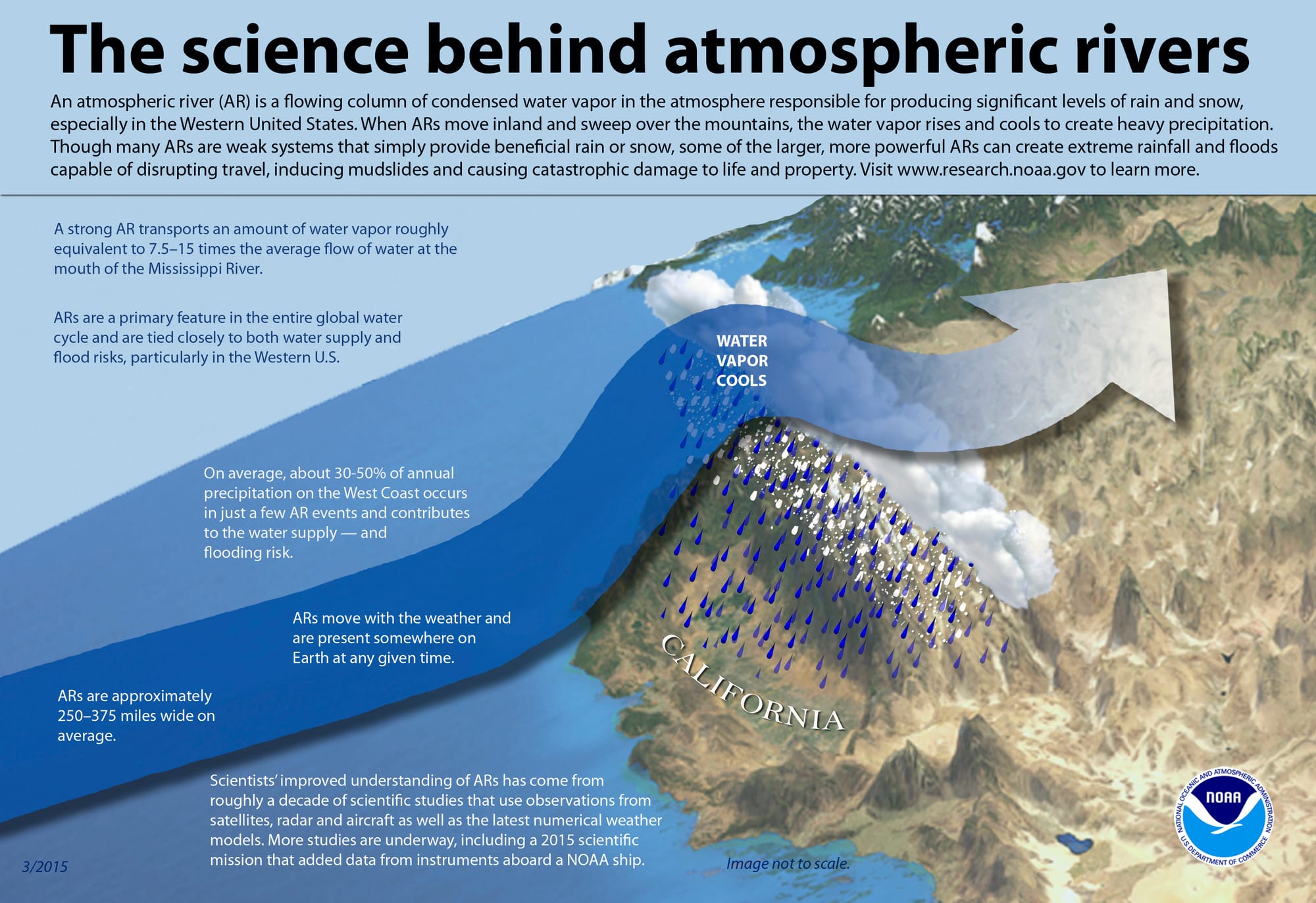
There are typically 4-5 atmospheric rivers happening at any moment on the earth's surface, and in the Pacific Northwest we get an average of 24 atmospheric rivers each winter. However, one study predicts that we will be seeing a 7-fold increase in the number of these events by the year 2100, so atmospheric rivers are going to become a much bigger part of our lives!
